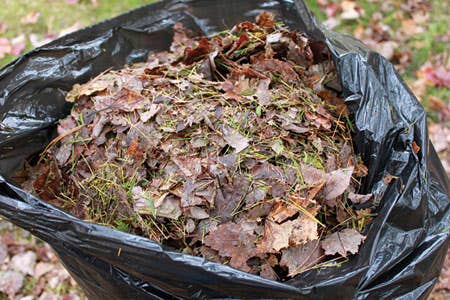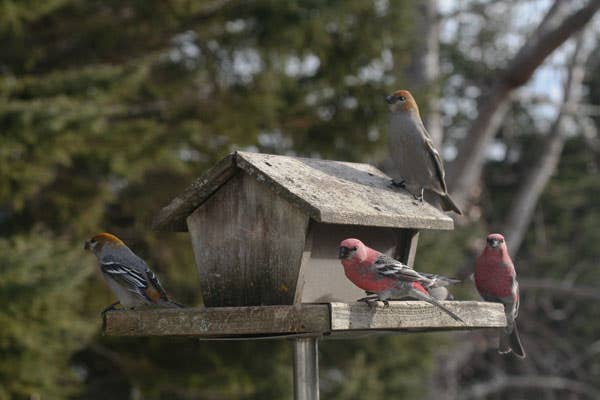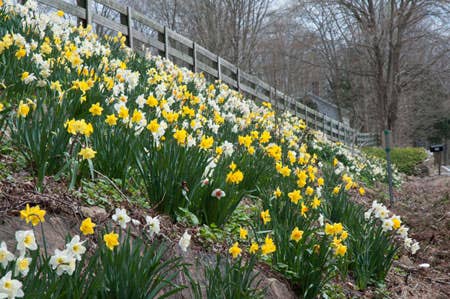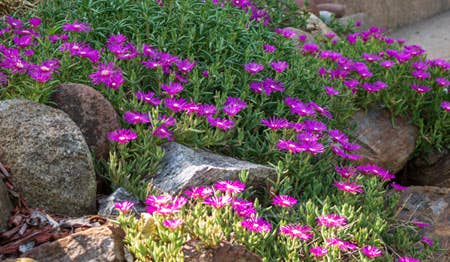Q & A: Planning Ahead
I’m planning a winter vacation. I’d like to visit a public garden with great winter interest, so I can learn some things to improve my own garden’s winter look. Where should I go?—Casey, Michigan
I’m planning a winter vacation. I’d like to visit a public garden with great winter interest, so I can learn some things to improve my own garden’s winter look. Where should I go?—Casey, Michigan
Answer: A number of gardens have established substantial collections of plants for winter interest and are well worth visiting for ideas and inspiration. You’ll also enjoy fewer crowds as you stroll around. Be sure to double check the garden’s winter hours when you are planning your trip, as they may be scaled back during the “off season.”
Cornell Plantations, part of Cornell University in Ithaca, New York, offers the Mullestein Winter Garden, which features plantings with winter fruit, colorful bark or evergreen foliage. Bright dogwood, lush conifers, berried hawthorn and coral bark willow shine on wintry days. Paths and stone wals complement the plantings.
On the West Coast, Seattle’s Washington Park Arboretum boasts 230 acres of internationally renowned woody plant collections, including North America’s second largest collection of species hollies. THe evergreen conifers and lush camellia blooms complete the winter show.
In Madison, Wisconsin, Olbrich Botanical Gardens should inspire gardeners seeking winter interest. Deciduous trees and shrubs combine with perennial skeletons and conifers to form a botanical backdrop to winter scenery, while arbors, fences and walls provide structural harmony. Classic winter plants, such as Harry Lauder’s walking stick and red-twig dogwood, add to the winter beauty.
Quintessential winter garden plants thrive in Polly HIll Arboretum on Martha’s Vineyard in Massachusetts: with hazels, camellias, winter hazels, hollies, conifers and early spring magnolias. Winterthur, near Wilmington, Delaware, displays a rich winter tapestry of evergreens.







